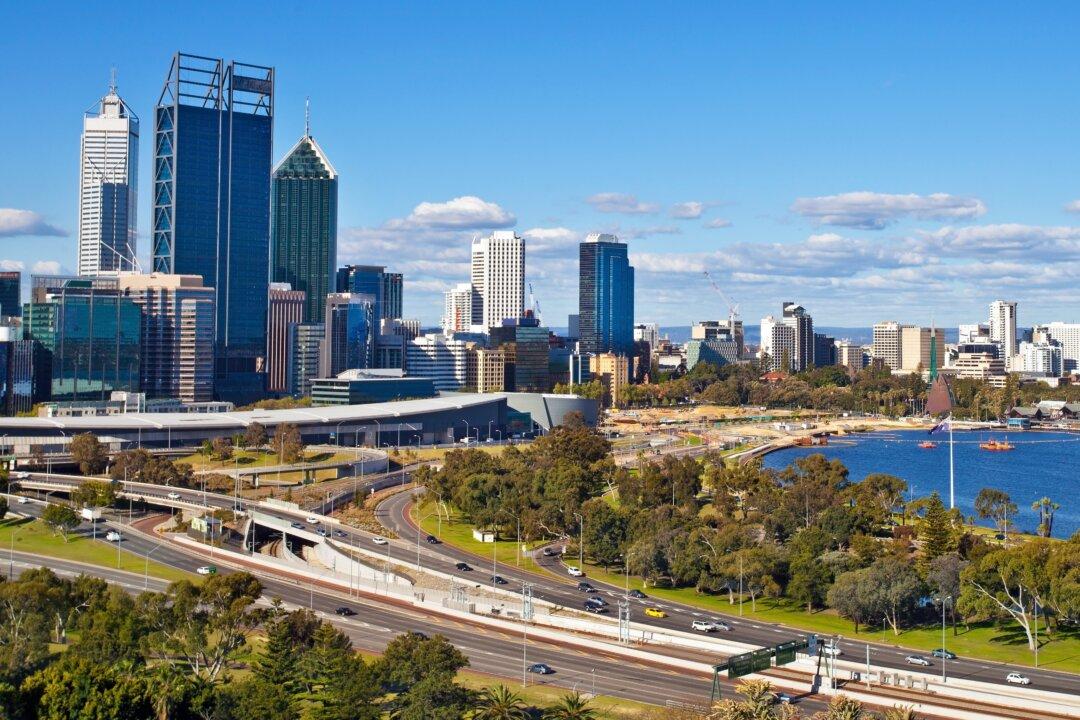The South Australian and Federal governments have signed an AU$1.08 billion (US$834 million) agreement to provide South Australians with reliable and affordable energy while maintaining emission reduction targets.
The deal involves a $100 million energy grid interconnector between South Australia and New South Wales and an investment of $510 million for emissions reduction projects such as carbon capture and storage, hydrogen, solar thermal, and electric vehicles.





